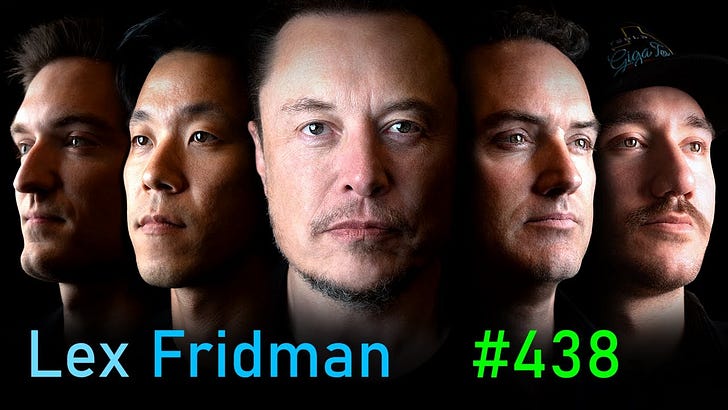Neuralink’s Second Human Implant: The Future of Brain-Tech
Elon Musk reveals new brain-computer interface milestone in epic 8.5-hour podcast.
Neuralink’s second pioneer in advanced brain science has been implanted with their latest brain-computer interface. The FDA granted human trials to Neuralink last year, and now, it has two implants in humans during its PRIME trial. Elon Musk announced the second implanted human during a long-form interview (8.5 hours long) with famed podcaster Lex Fridman. If you’ve been sitting under a rock and haven’t heard, Neuralink is Musk’s venture into brain-computer interface technology, aiming to merge human brains with artificial intelligence. Neuralink hopes to have ten implants done by the year's close, and reports show that the first human implant has been excellent.
The current version of the device—the N1 Implant—is an intracortical BCI implant designed to record neural activity through 1,024 electrodes distributed across 64 flexible leads, or “threads,” each thinner than a human hair and capable of being placed independently in the brain.
While the thin and flexible nature of the threads is designed to decrease participant risk and increase device utility, they also make the threads impractical to manipulate by hand. Therefore, we’ve built a surgical robot — the R1 Robot — designed to reliably and efficiently insert the threads into the cortex so that the electrodes can be placed near neurons of interest.
The initial implants, tested on animals, showcased the potential for humans to control devices with mere thoughts. The second human implant brings us closer to that reality, with Musk emphasizing the importance of iterative development and continuous improvement.
Each implant iteration aims to enhance the brain's interaction with external devices, eventually leading to seamless integration. The second implant builds on the first by refining signal clarity, reducing latency, and increasing the channels through which the brain can communicate with the computer. The overarching goal is to enhance our interaction with machines and fundamentally upgrade our cognitive capabilities.



